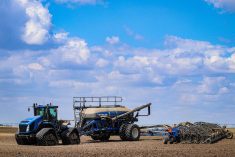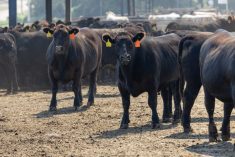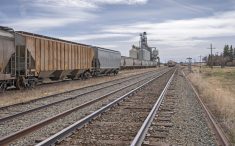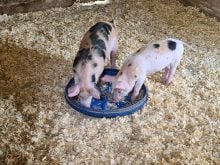CHICAGO, Ill. (Reuters) — Chicago Mercantile Exchange hog futures dropped today as Chinese economic worries sparked active selling in that market as well in a vast number of other commodities, analysts and traders said.
Gold led losers, its worst two-day setback in 30 years, in response to weaker-than-expected data out of China that sparked concerns about the global financial outlook.
“Throw in the outside markets, and there was no good news out there,” said R.J. O’Brien hog futures trader Tom Cawthorne.
He and others cited the recent downturn in cash hog prices and wholesale pork price volatility.
Read Also
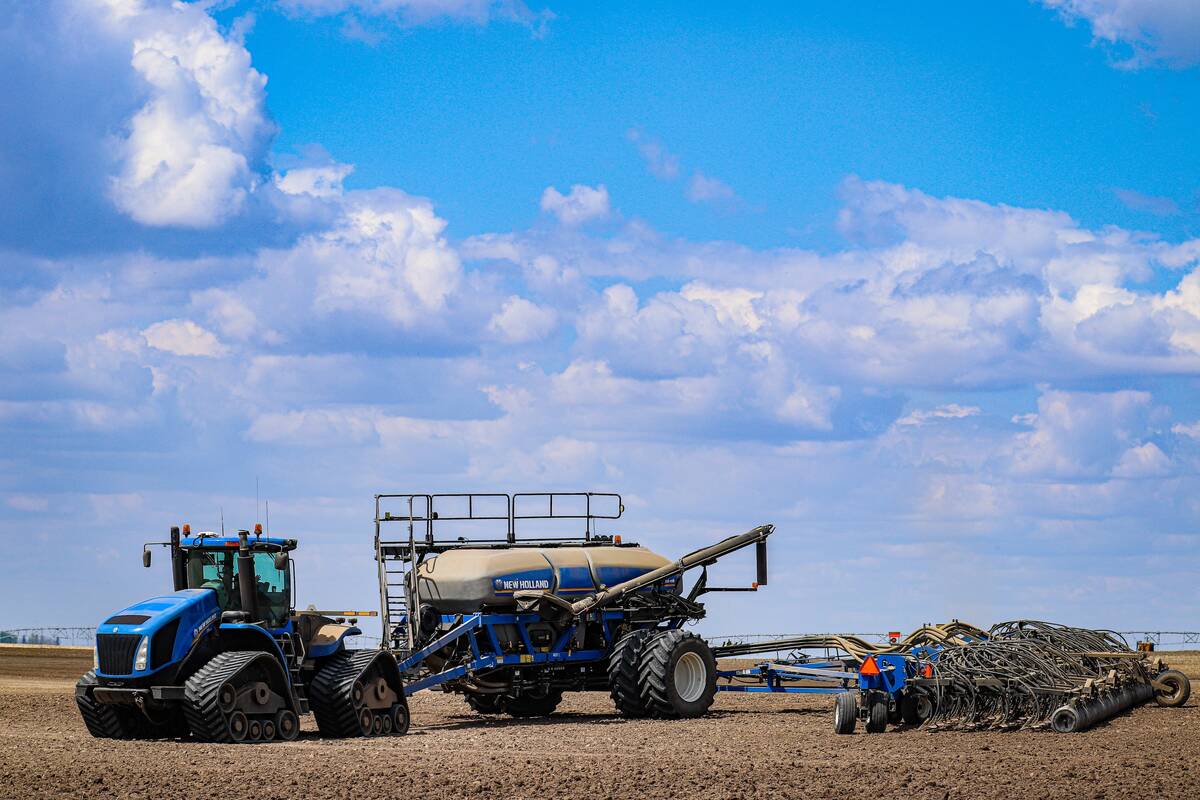
NFU says proposed plant breeders’ rights come at farmers’ expense
The National Farmers Union is pushing back against changes to the Plant Breeders’ Rights Act that would narrow the scope of farmers’ right to save seed or propagate crops from cuttings and tubers.
Packers resisted raising cash hog bids while trying to realign their margins.
And the cold, wet start to spring postponed backyard grilling to undercut wholesale pork values.
The U.S. Department of Agriculture reported this morning that the average hog price in the most-watched Iowa/Minnesota market tumbled $3.49 per hundredweight from Friday at $75.41. The price has fallen $6.62 since last Wednesday.
The morning’s USDA mandatory wholesale pork price, calculated on a plant-delivered basis, was $81.91 per cwt., up 74 cents from Friday. Friday’s price was down $1.24 from Thursday.
U.S. pork packer margins were estimated at a negative 50 cents per head today versus a negative $2.65 on Friday and a negative $5.40 a week ago, according to HedgersEdge.com.
CME hog and live cattle traders dumped deferred-month long positions as Chicago Board of Trade corn drifted lower. Lower-priced corn could cause hog and cattle producers to feed more animals and to heavier weights.
CME June hogs settled 1.3 cents lower at 88.6 cents per pound. July finished at 88.725 cents, down 1.175 cents.
Live cattle futures followed the path of least resistance after the stock market at one point plunged nearly two percent, roiled by global economic fears, traders and analysts said.
“Cattle tried to hold on their own merit but became a victim of everything else going on around it,” said R.J. O’Brien floor manager Jim Brooks.
Cool, wet weather has pressured wholesale beef prices because it is delaying spring cookouts. That also has put cattle and hog investors on the defensive because meat sales typically increase in the spring.
“Even though the calendar told us spring started almost a month ago, the actual weather in many areas acts more like winter,” said Hales Cattle Trading Co president David Hales.
“Cold and wet conditions have delayed grilling season and delayed price advances in the beef market as a result,” he said.
The USDA quoted the average wholesale choice beef price at $189.46 per cwt this morning, down six cents from Friday; select cuts slipped 34 cents to $183.80.
Investors await the tally of cash-basis cattle available for sale this week. Cash cattle last week fetched $127 to $128 per cwt., $1 to $2 lower than the previous week.
Poor margins will again play a role in how much packers will spend for supplies, a trader said. As well, an improvement in cash may not happen until processors are able to move fresh meat for grilling, he said.
U.S. beef packer margins were estimated at a negative $62.70 per head today versus a negative $53.55 on Friday and a negative $45.30 a week ago, according to HedgersEdge.com. Spot April live cattle closed .8 cents per lb. lower at 125.05 cents. Most-actively traded June ended down .925 cents at 119.825 cents.
Feeder cattle futures posted losses for a fifth consecutive session as the lower live cattle market weighed.
Spot April feeder cattle settled down 1.325 cents per lb. at 136.6 cents. Most-actively traded May closed at 139.8 cents, 1.125 cents lower.




